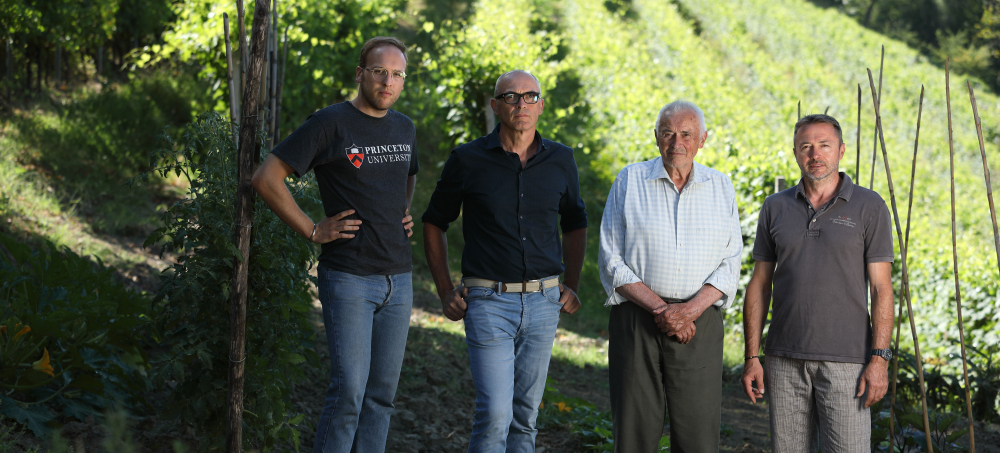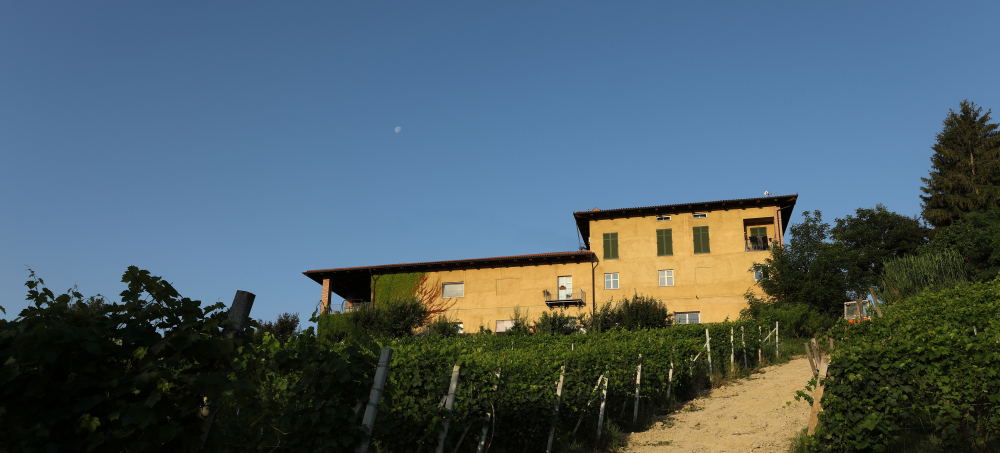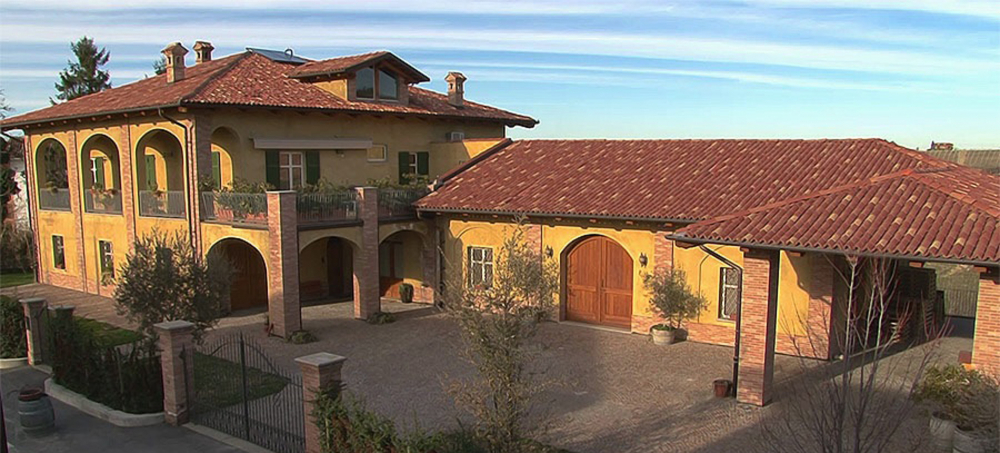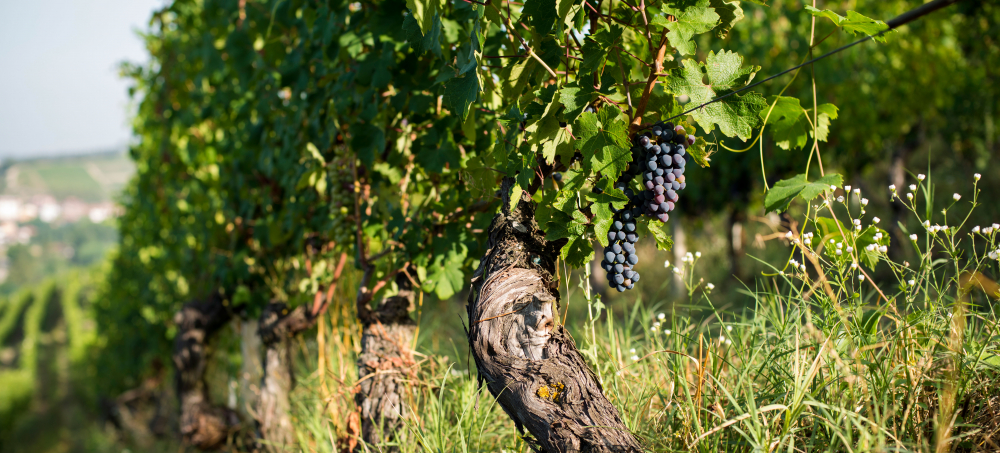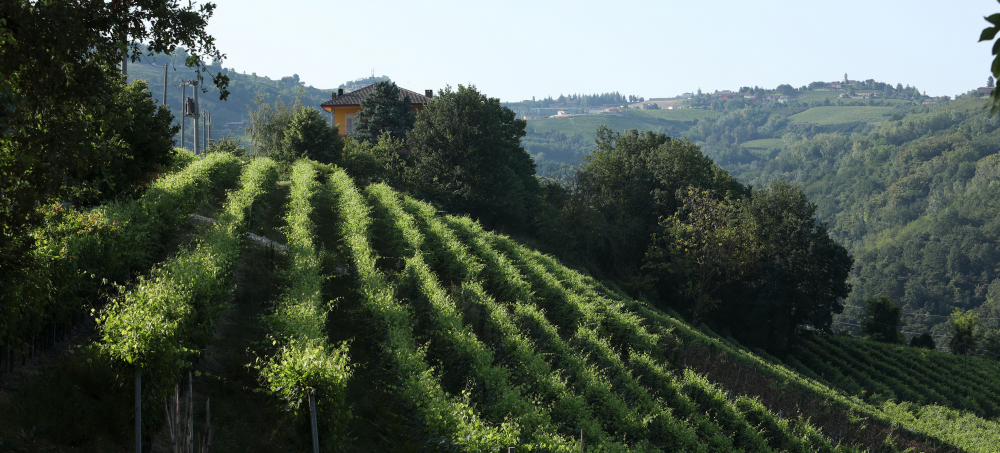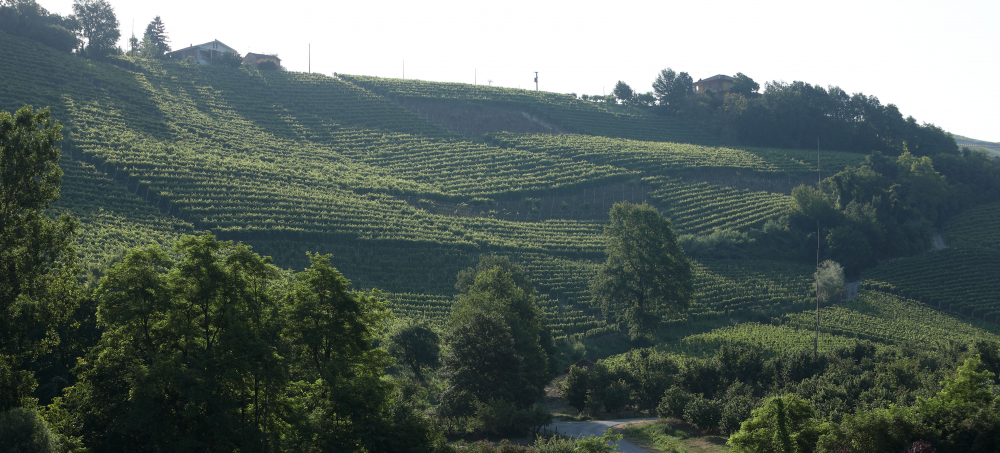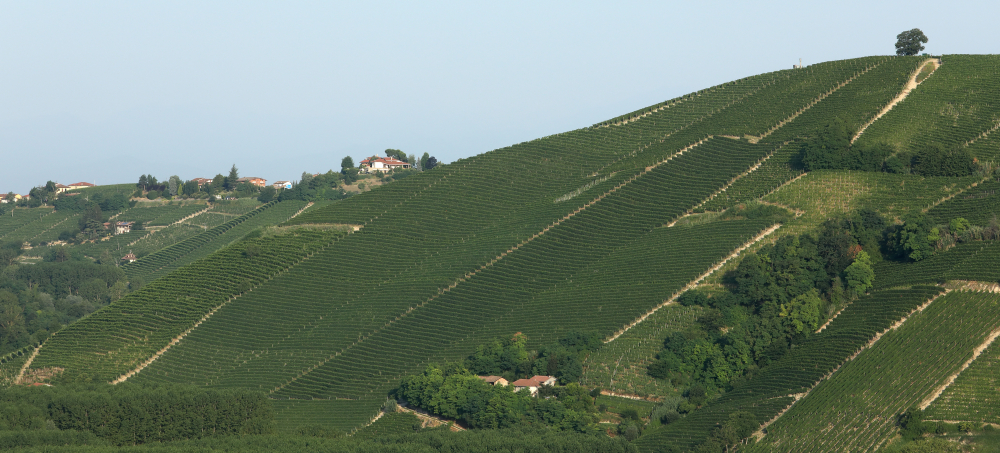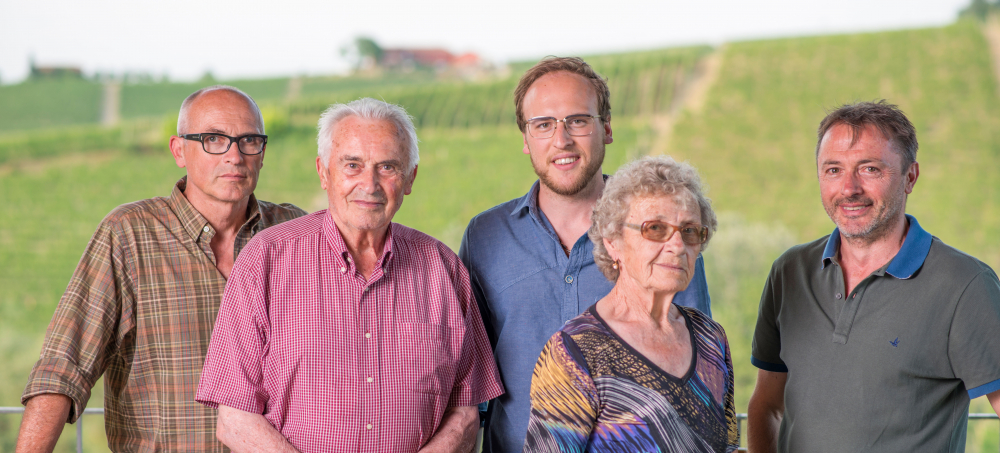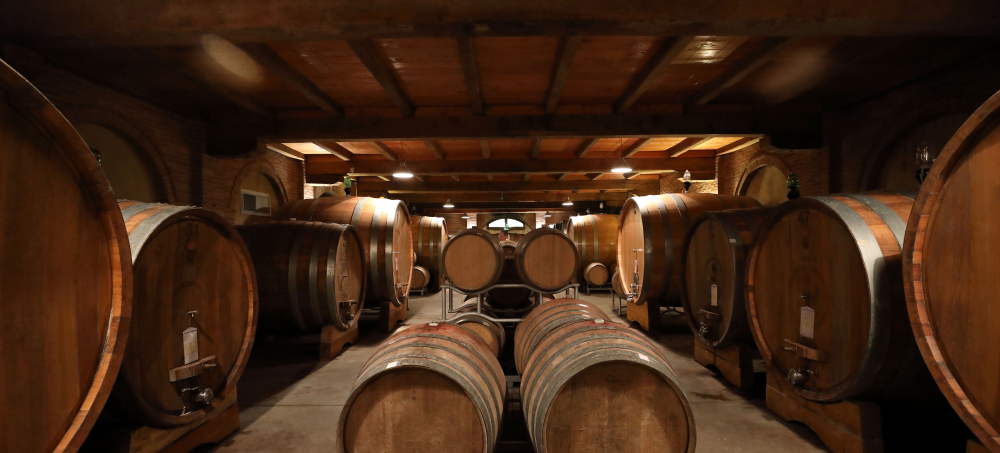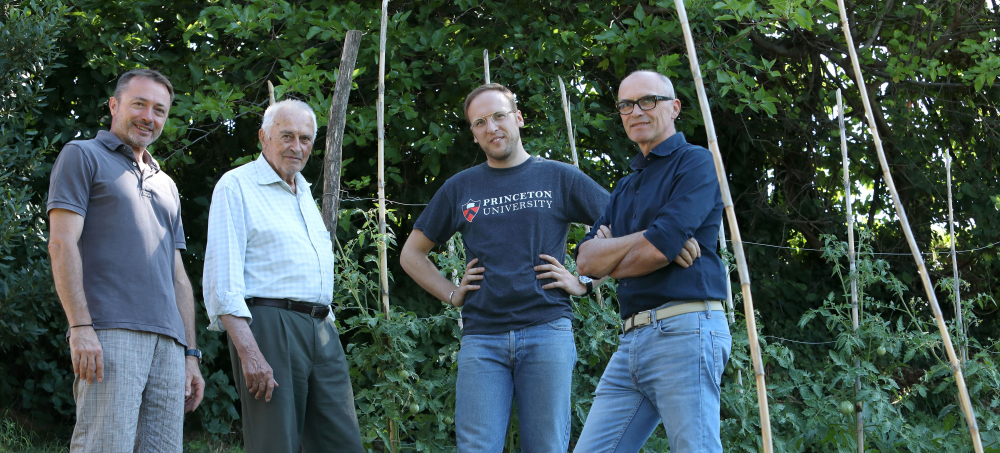While the vineyards within the village of Barbaresco itself are often the first ones that wine enthusiasts get to know – e.g. Montestefano, Asili, and Rabaja - arguably the greatest Barbaresco cru is actually in Neive; that is the famed Santo Stefano di Neive by Bruno Giacosa located within the Albesani cru. The other famed cru of Neive is Serraboella, the jewel of which is the Sori Paitin cru. Neive Barbareschi are typically more powerful than the other villages of Barbaresco. In fact, Luca Pasquero-Elia from Paitin describes the Serraboella & Sori Paitin wines as being very similar to the wines of the Montestefano cru in Barbaresco – a cru known for being among the most “Barolo-like”.
The Paitin winery, owned by the Pasquero-Elia family, was established in 1796 when Benedetto Elia purchased the farmhouse, wine cellar, and surrounding vineyards from Luigi Pelissero. Benedetto’s son Giuseppe acquired the underground cellar and extended their vineyard holdings to 17 hectares. In 1893, the first Barbaresco Sori Paitin was produced and in 1898 the winery began exporting the wine commercially. The next important phase of the winery was in 1965 when Secondo Pasquero-Elia built a new wine cellar at the property and thoroughly replanted the vineyards by massale selection. Secondo Pasquero-Elia, sadly passed away in 2020 but his sons, Giovanni and Silvano are currently running the winery along with Giovanni’s son Luca.
The soil at Serraboella is a calcareous white clay with sandstone. Serraboella is a particularly steep hill facing south-southwest at 280 to 320 meters in elevation. From it, the Pasquero-Elia family produces three Barbaresco – a Serraboella bottling from the larger part of their Serraboella parcel, a Sori Paitin bottling from the most sun-exposed parcel (Sori in Piemontese means the spot of the hill most exposed to the sun – where the snow melts first) and an old vine Riserva from the same parcel only in the best vintages. They make a delicious Nebbiolo d’Alba from a vineyard at a house they own just outside of Alba and a fresh, elegant Langhe Nebbiolo from the lesser exposed sites and younger vines on the Serraboella hill. There is also a great, nuanced Barbera sourced from the eastern part of the Serraboella cru – the Barbera d’Alba “Serra” bottling.
In the vineyards, there is the utmost respect for nature and the winery farms organically (fully certified as of 2019). Silvano Pasquero-Elia, who mainly oversees vineyard work, has also been incorporating some biodynamic techniques though there are no plans for official certification. In the cellar, the winemaking follows a traditional protocol. That includes long macerations (3 to 8 weeks for the Barbareschi) and aging the wines in large, neutral botti, mainly Austrian from the famed cooperage Stockinger. In fact, for those with a long memory, the winery flirted briefly with some modern winemaking techniques in the 1990’s, though they didn’t like the results and returned relatively quickly to their classical roots.
We are thrilled to have these beautiful, traditional wines in our portfolio – they are benchmarks for the village of Neive and treats for any lover of traditional Nebbiolo!
